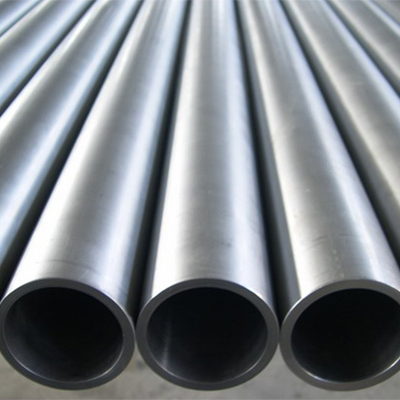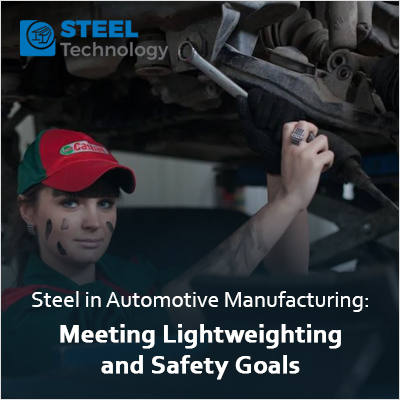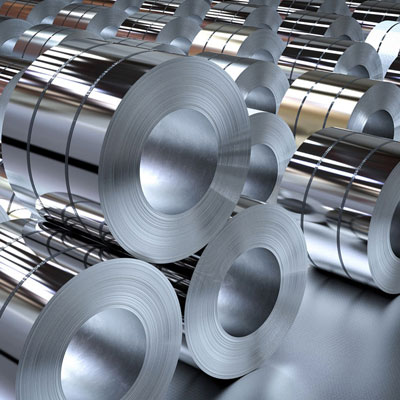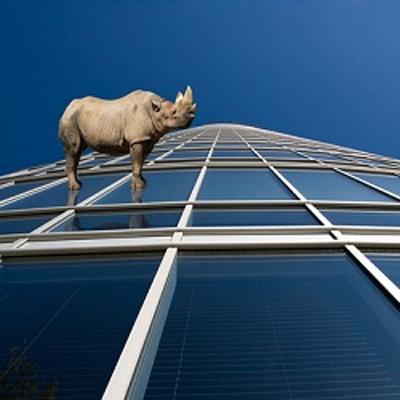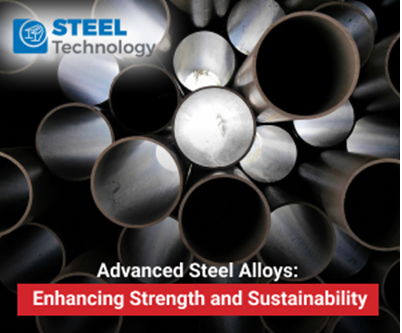How to Choose and Install Rubber Hoses in Steel Plants?
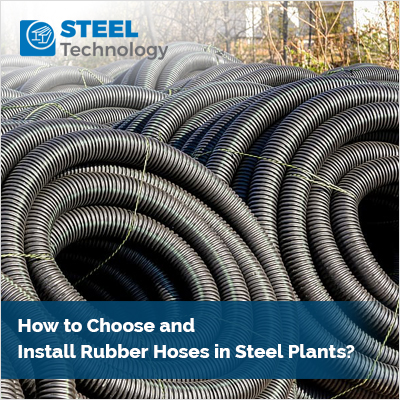
Selecting and installing rubber hoses in steel plants is a critical aspect of enhancing efficiency and safety in the dynamic industrial setting. Rubber hoses are integral for conveying fluids, gases, and abrasive materials within steel manufacturing facilities. This guide offers key insights into the factors to consider when choosing rubber hoses and outlines proper installation procedures tailored to the demanding conditions of steel plants.
A) Considerations for Choosing Rubber Hoses:
a. Material Compatibility: Select rubber hoses that are compatible with the substances they will be conveying. Steel plants often deal with abrasive materials, chemicals, and high temperatures, so the hoses must withstand these harsh conditions without degradation.
b. Pressure Ratings: Determine the maximum pressure the hoses will be subjected to during operations. It is crucial to choose hoses with sufficient pressure ratings to prevent leaks and ensure the integrity of the system.
c. Temperature Resistance: Steel manufacturing processes involve extreme temperatures. Opt for rubber hoses that can withstand the specific temperature ranges of the applications they will be used in, ensuring longevity and performance.
d. Flexibility and Bend Radius: Assess the flexibility and bend radius of the hoses to ensure they can adapt to the layout of the steel plant without kinking or causing restrictions in fluid flow.
e. Size and Length: Select the appropriate hose size and length based on the flow requirements of the application. Undersized hoses can lead to pressure drops, while oversized hoses may result in increased weight and unnecessary costs.
f. Abrasion Resistance: In steel plants where abrasive materials are prevalent, choose hoses with high abrasion resistance to prolong their lifespan and maintain optimal performance.
| Also Read: Connecting Efficiency: Rubber Hoses in the Steel Industry |
B) Proper Installation Procedures:
a. Hose Inspection: Thoroughly examine each rubber hose for damage, wear, or defects before installation. Promptly replace any compromised hoses to prevent leaks and potential system failures.
b. Optimal Routing: During installation, minimize bends and twists in the hoses to avoid kinking. Proper routing not only ensures efficient fluid flow but also extends the lifespan of the hoses by reducing premature wear.
c. Secure Connections: Ensure tight and leak-free hose connections, using recommended tools to properly tighten fittings. This practice helps prevent leaks and maintains the overall integrity of the system.
d. Stress Avoidance: Avoid installing hoses under tension or stress to prevent premature failure. Allow for sufficient slack to accommodate movement without placing undue strain on the hoses.
e. Regular Maintenance: Establish a consistent maintenance schedule for systematic hose inspections and timely replacements. Regular checks assist in identifying potential issues early on, ensuring the continuous and safe operation of the steel plant.
C) Additional Considerations for Hose Selection:
a. Chemical Compatibility: Steel plants often handle a diverse range of chemicals and substances. It is imperative to choose rubber hoses that are chemically compatible with the conveyed materials to prevent corrosion, degradation, or contamination.
b. Conductivity Requirements: In situations where the conveyed materials are sensitive to electrostatic charges, consider hoses with conductivity features. This helps dissipate static electricity, reducing the risk of sparks that could lead to safety hazards.
c. Certifications and Standards: Opt for rubber hoses that comply with industry standards and certifications. This ensures that the hoses meet specific performance criteria and safety requirements, providing peace of mind in a high-risk environment.
d. Environmental Conditions: Take into account external environmental conditions, such as exposure to UV radiation, weather elements, and other potential sources of degradation. Choosing hoses with appropriate protective features enhances their durability in outdoor applications.
e. Ease of Maintenance: Select hoses that are easy to inspect and maintain. Quick and straightforward maintenance procedures contribute to minimizing downtime and optimizing the efficiency of steel plant operations.
D) Advanced Installation Techniques:
a. Vibration Isolation: In areas prone to vibration, implement vibration isolation techniques to prevent excessive movement and stress on the hoses. This involves using mounts, clamps, or brackets to secure hoses in place and dampen vibrations.
b. Heat Shielding: Install heat shielding around hoses that are in proximity to high-temperature equipment or processes. This protects the hoses from radiant heat, preventing premature aging and ensuring continued reliability.
c. Expansion Loops: Incorporate expansion loops in the hose layout to accommodate thermal expansion and contraction. This helps prevent stress on the hoses during temperature fluctuations, ensuring longevity and minimizing the risk of failure.
d. Color Coding: Implement a color-coding system for hoses to easily identify their intended applications, making maintenance and troubleshooting more efficient.
E) Importance of Ongoing Maintenance:
a. Regular Inspections: Consistently check hoses for wear, abrasion, leaks, and potential issues through a structured inspection routine. This approach helps detect problems early, allowing for prompt resolution.
b. Replacement of Aging Hoses: Proactively replace aging hoses before they deteriorate due to exposure to harsh conditions, preventing unexpected failures as they approach the end of their service life.
c. Training for Maintenance Personnel: Equip maintenance personnel with training on proper hose inspection, handling, and replacement procedures. Well-trained personnel contribute to enhanced plant safety and efficiency by effectively identifying and addressing issues.
d. Documentation and Record-Keeping: Maintain thorough records of hose specifications, installation dates, and maintenance activities. This documentation aids in tracking hose lifecycles, facilitating timely replacements, and ensuring compliance with industry regulations.
Conclusion:
The meticulous selection and installation of rubber hoses in steel plants are pivotal for achieving optimal performance and safety. Through the careful choice of hoses with suitable specifications and adherence to proper installation procedures, operators in steel plants can bolster system reliability and improve overall industrial process efficiency. Ongoing maintenance and vigilant monitoring play essential roles in extending hose longevity and preserving the integrity of the fluid handling system in the challenging environment of a steel manufacturing facility.





